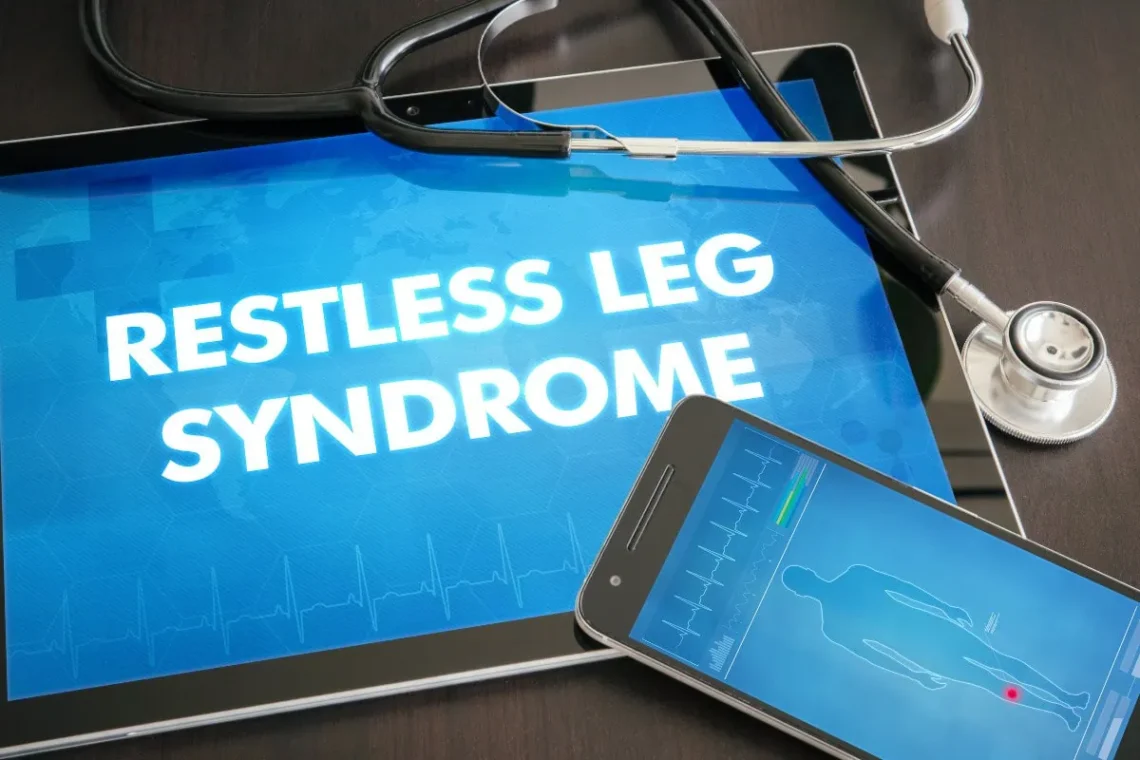
The name “restless legs syndrome” does not do the severe nature of the condition justice as it has been said that 10% of the population suffers from restless legs; and out of those, half have it severely. Restless leg syndrome is also known as Willis-Ekbom disease and is twice as common in female patients. Here at Anderson Podiatry, we have a revolutionary approach to the treatment of restless leg syndrome and are eager to share our findings with you.
Symptoms of Restless Legs Syndrome
The symptoms of restless leg syndrome almost always occur at night or at rest, making it difficult for those suffering to fly on a plane or sit in a movie theater. That’s the frustrating thing about restless legs; during the day you may be functioning just fine; but once it’s time to go to bed, it all starts up again. Day after day, the same symptoms occur. At first, it may be mild, but then it can become more severe until it’s consistently happening every night.
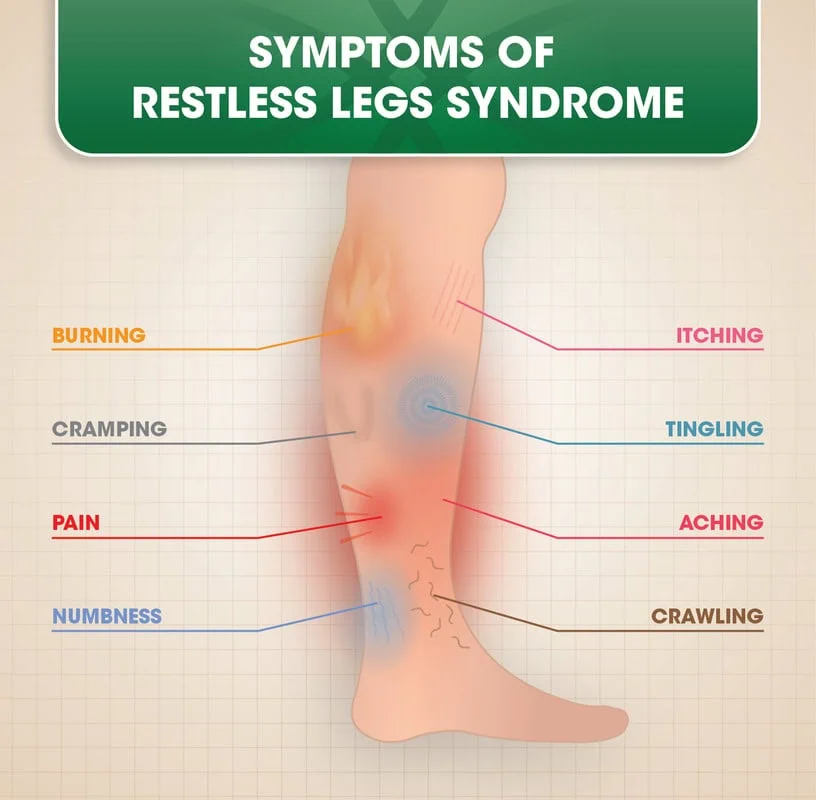
Aside from all the physical symptoms, maybe the worst of them all is the psychological effect. This includes the anxiety people experience during the day- not wanting to think about what’s going to happen when they go to bed at night- to the anxiety of being up at night when everybody else in the world seems to be sleeping. Then comes the morning and you are absolutely exhausted.
The good news is, for many of you, you can come out of the bushes because at Anderson Podiatry, we understand how severe this is. In fact, we actually have a solution for many people suffering from restless leg syndrome. This is something we’ve been practicing for approximately seven years.
The Conventional Approach to Treatment of Restless Legs Syndrome
In conventional medicine there’s no known cause for restless leg syndrome, so people are often left helpless. In many cases, people also find that their doctors or loved ones do not understand the severity of the problem. This is incredibly unfortunate because restless leg syndrome is a very serious problem that can affect people’s general health. Recent studies have shown that there’s a higher incidence of early death with people experiencing severe restless legs due to lack of sleep. This lack of sleep can cause all sorts of secondary problems, such as increased incidence of diabetes, cancer, and heart disease.
In the world of conventional medicine, the treatment options are very minimal. They usually involve pharmaceutical medications that deal with dopamine levels in your brain, or band-aiding the pain with medications that are used for treatment of neuropathy (namely Lyrica and gabapentin). Outside of this realm of drugs is the possibility that some of your restless legs could be caused by your back. Maybe you have a pinched nerve in your back that could be radiating symptoms in the leg.
So basically, the restless leg syndrome treatment options are relegated to two things; either it’s coming from the back, or in the vast majority of cases, it’s something the medical community does not know how to treat. However, many of these treatments, especially the drugs, can have detrimental side effects patients don’t like, including significant weight gain.
Our Concept
At Anderson Podiatry we prefer to call this disorder “restless legs compression syndrome” because we’ve been able to reverse the symptoms by opening up tight nerve pathways in the lower extremity. When the nerve tunnels become tight it can be damaging, which results in restless legs syndrome symptoms for many. For most, the success rate is incredibly high and there is minimal chance of worsening the condition. We also treat patients with restless leg syndrome non-surgically by utilizing laser and e-stim. Both of these treatments help to restore more normal nerve function and have proven very effective. However, for many patients with severe restless legs, the surgical option may be the best treatment of choice.
So you may be wondering, what do we do when we do surgery? We’re basically opening up nerve tunnels- usually three, but sometimes just two. Two of these nerve tunnels are in the lower leg just below the knee, and third is down in the front of the lower one-third of the leg. These tunnels can create a lot of pressure on the nerves in the legs. Instead of treating you with pharmaceuticals, or hoping that maybe treatment of the back will help, we have found that the fire is truly in the nerve tunnels of the lower extremity. While many treatment options simply blow away smoke from the fire, we believe that we’re able to get rid of the problem by directing our attention to the flames.
Many people are desperate for a solution, and our method of treatment is something you’re not going to hear conventional medicine speaking to. Why? Well, in many cases, it’s because big pharma has no interest in supporting what we’re doing, as it would be contrary to what they want you to think (that restless leg syndrome patients have to be on medication).
In conclusion, if you’re looking to target the direct cause of your problem, consider coming to our office for evaluation of restless leg syndrome treatment. For many, surgery may not be the option you desire, and this is a decision that we can mutually discuss. If you have any other further questions, please contact our office to get a better understanding of how our treatment options work. It’s time for you to get your life and sleep back.
Please visit our YouTube channel, where we have plenty of information about what we do, as well as testimonials from patients that have successfully gone through our surgical procedures and nonsurgical treatment options.
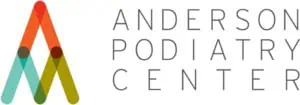
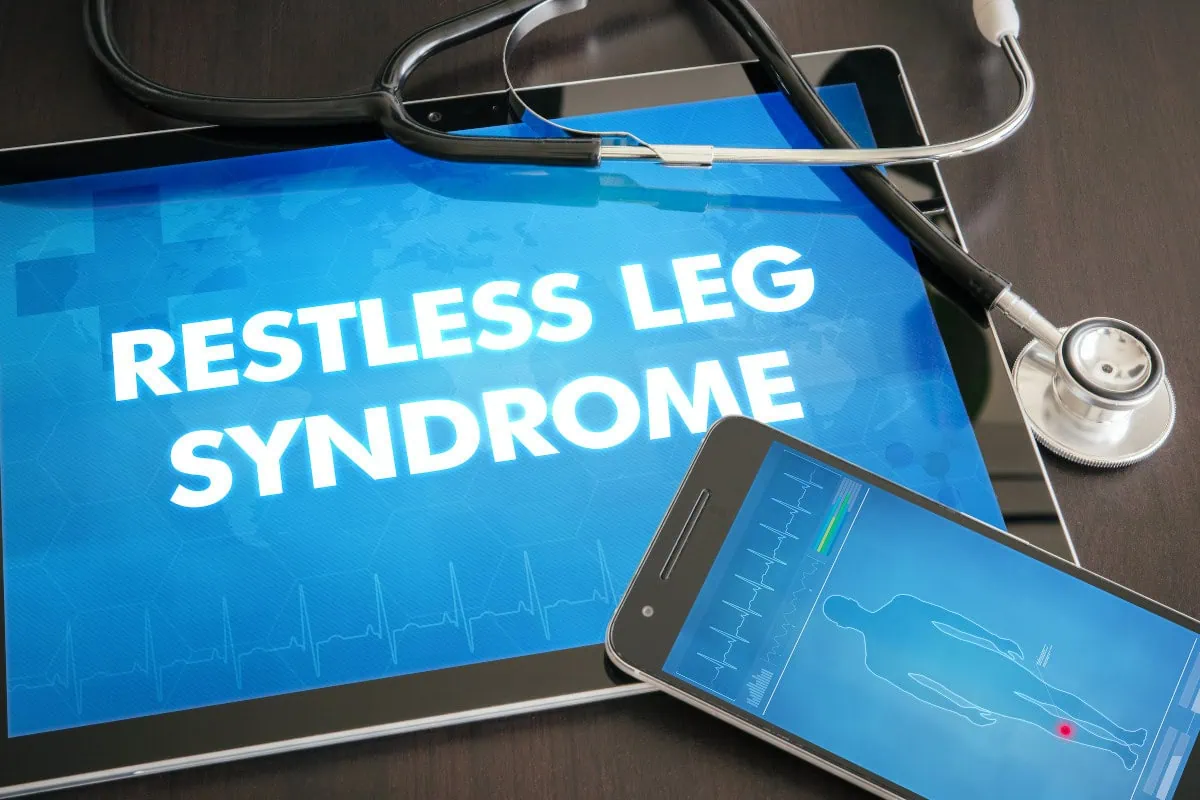
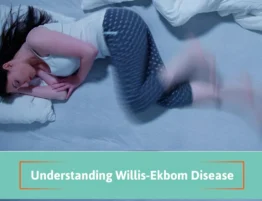
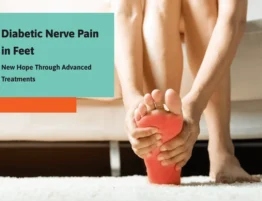
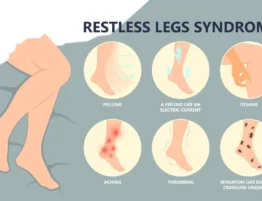
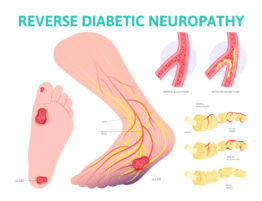
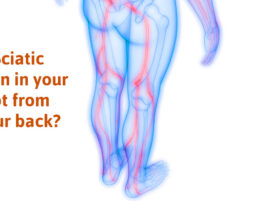
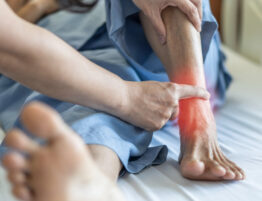

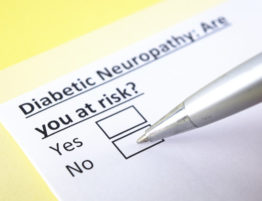
Write a comment: